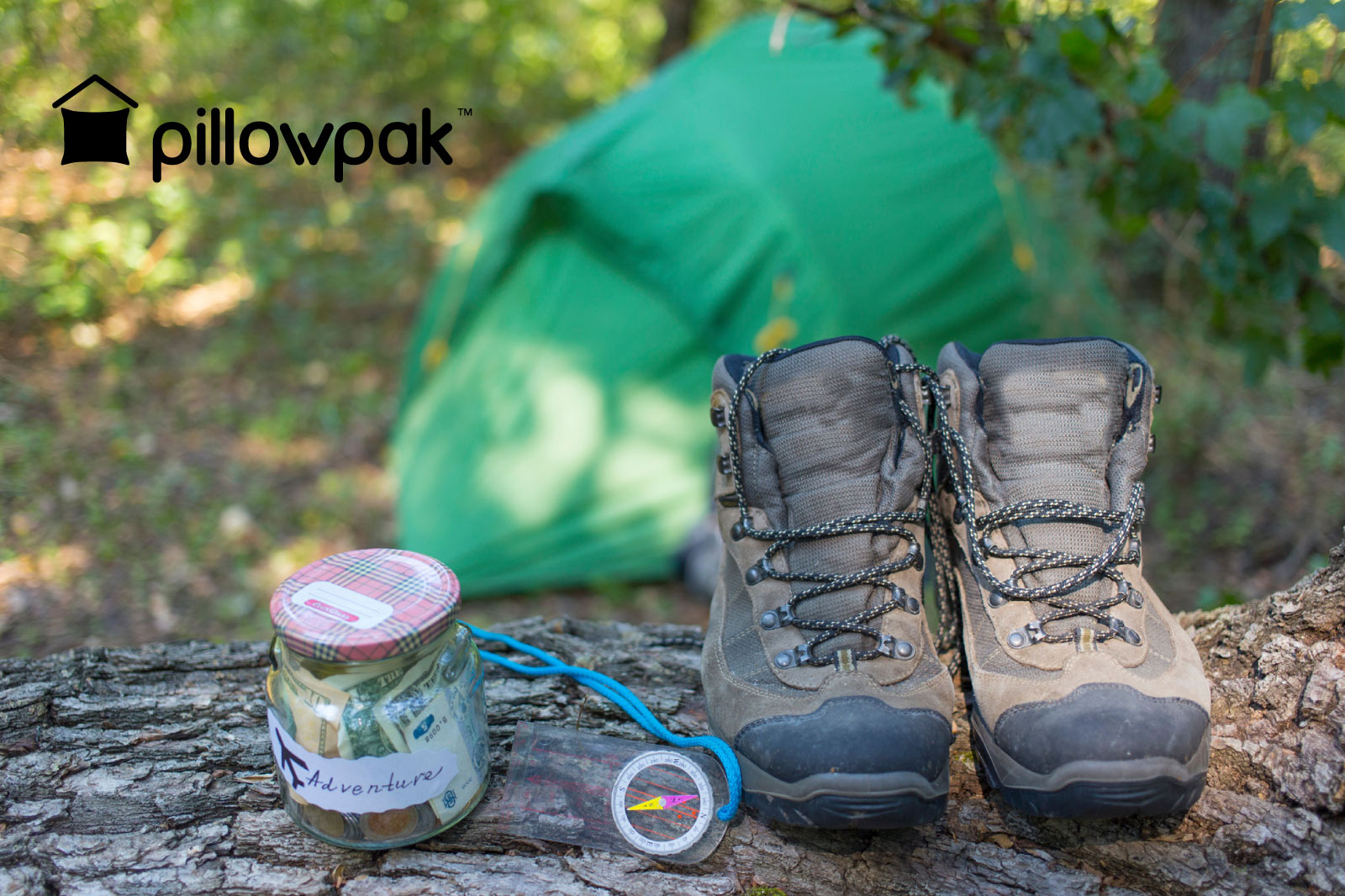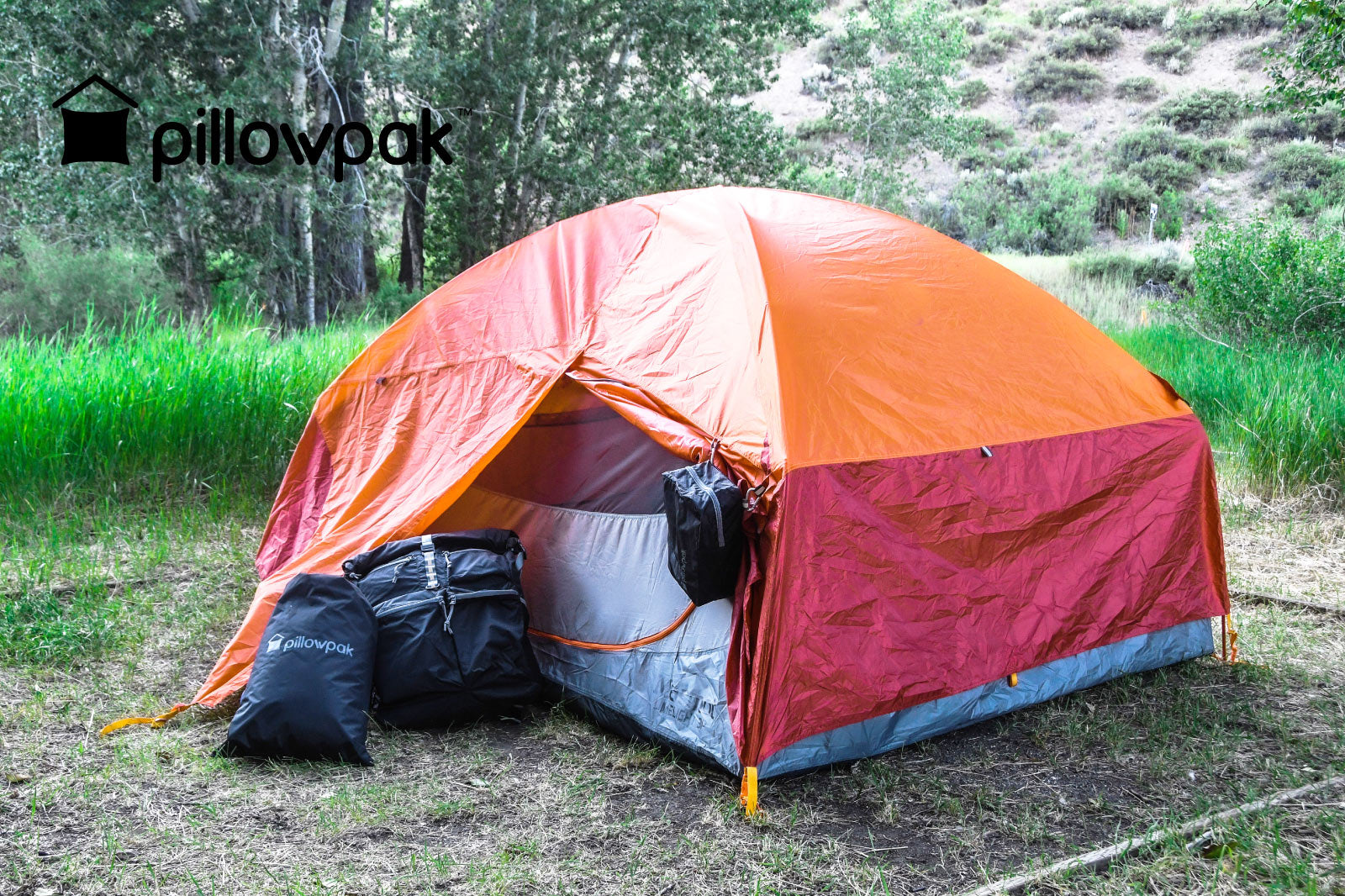Many of us would prefer not to think of the worst case emergency scenario; one in which you are forced to flee with only one bag. Some call it a bug out bag, while others call it a go bag. If you have ever lived anywhere where the threat of a catastrophic earthquake or a wildfire is very real, this might not be your first time building a bug out bag for you and your family.
Having a go bag packed and prepped in an easy to grab location can be the difference between heading into a crisis situation with everything you need or struggling just to meet your family’s basic needs. Building your family bug out bag backpack is a relatively simple task that will only take a modest amount of money and a few hours prep, but will leave you with the comfort of knowing that your family is ready for anything.
There are many motivations for prepping a bug out backpack with needed essentials. Natural disasters, chronic health conditions, and most recently, global health pandemics, just to name a few. Whatever your motivating factor is, the same basic rules apply when provisioning the best bug out bag for your family.
Begin by Considering the Big Picture
First, you will want to be thoughtful about the type of bag you choose; what type of bag is going to be the most comfortable, the most efficient to carry, and be the most durable? Next, and most importantly, you’ll need to assess the unique needs of your situation and your family to determine what and how much of each item you need to have packed and ready to go.
Those needs are going to evolve, so you will need to reassess annually to make sure your bag(s) stay relevant and optimally prepped. Lastly, you will need to think through your situation and figure out where to best store your bug out bag - a location everyone in the family is comfortable with that stays clean and dry.
How to Choose the Right Bug Out Bag
Depending on your purpose in creating your family bug out backpack, it might be something that you have packed and ready to go year round, or perhaps you’re looking to only be prepared for seasonal dangers like wildfires or tornadoes. Either way, we recommend choosing a go bag with a few key features:
- Large capacity so you can fit everything you need into one bag
- Plenty of pockets and compartments that will enable you to easily find what you’re looking for
- Comfortable straps that allow you to carry the bag for long periods of time
- Lightweight, durable construction that will serve you year after year
You likely have a preferred carrying method - backpack, cross body duffel bag, or roller. When it comes to building out the best bug out bag, we definitely recommend using a backpack. In an emergency, you’re going to want your hands free so that you can multi-task and move as efficiently and quickly as possible. A backpack also distributes weight much more evenly than a duffel bag does, allowing you to be swift and agile. And because we’re preparing for worst case scenarios, you’re going to want to be swift and agile.
What to Pack in Your Bug out Bag
This is obviously going to vary greatly depending on how many people you are accounting for in your bug out bag essentials. The age range of your crew is also going to change your bug out bag packing list. We recommend packing out adult or parent bags with all of the basic emergency supplies and prepping each child over 7 with a paired down version that also includes a couple of their favorite things.
The rule of thumb is to have at least 72 hours of food, water, and other consumable supplies packed in your go bag. Once you have a basic supply checklist, you’ll also need to consider what unique needs your family may have such as medications, pet supplies, or things needed for babies or seniors. Below we go into more detail about each category.
Basic Emergency Supplies
- Battery-powered or hand crank radio + weather alert radio - we recommend these which are endorsed by the Red Cross
- Extra batteries
- Power bank to recharge phone or other devices
- Flashlight
- Whistle
- Manual can opener
- Personal sized water purifier or water bottle with built in purifier
- Extra cell phone charger
- First aid kit - assortment of bandaids, sanitizing wipes, antibiotic ointment, gauze, medical tape, burn cream, eye wash, small pair of scissors, hydrocortisone cream
- Basic medications - pain/fever reducer, anti-diarrheal meds, antacids - for kids and adults
- Important family documents such as copies of insurance policies and all forms of identification, saved electronically or in a waterproof, ziploc bag
- Matches in waterproof container
72 Hour Consumable Supplies
- N95 masks for each person in your group, 1/day or reusable masks with filter inserts
- Water - one gallon of water per person per day, for drinking and sanitation. You can consider reducing this amount if you have a water purifier and expect to have a water source.
- Food - non perishable items such as canned goods, freeze dried camping food, and protein/energy bars
- 2 changes of clothes with sturdy shoes - compact outfits that are easy and comfortable to move in
- 3 garbage bags for refuse or storage
- Package of disposable wipes
- 1 roll of toilet paper in sealed ziploc bag
- 3 day supply of all-purpose soap - Dr. Bronners 8 oz size is perfect
Family Specific Supplies
- Hand sanitizer
- Diapers and wipes
- Extra pacifier
- Baby blanket
- Children’s over-the-counter medications
- Baby shampoo/soap
- Feminine hygiene products
- Favorite paperback book
- Stuffy for each child
- Small puzzles or other other children’s games
Extra Supplies
- Pillow for each person in the family - depending on your bug out bag, you may be able to store these in the bag itself.
- Seasonally appropriate sleeping bag for each person in the family - likely these won’t fit into your go bag, so it’s good practice to have these in one location, packed in a bag or bin and ready to grab.
Maintaining Your Bug Out Bag
Most likely, your bug out backpack is going to sit in a closet or in the car, untouched, for most of its existence. This means that every few months or at least once each year, you’ll need to take inventory and change out things that may need replacing like certain foods and bottled water. At this time, you should also reconsider how your family needs have changed and adapt your bag accordingly. Finally, you want to make sure that you store your go bag in a clean, dry place.
Storing Your Bug Out Bag
Now you have all your bug out bag essentials, it’s important to think about the best place to store your it since you don’t know when emergencies are going to happen. When it comes to family bug out bags, make sure you store them in a central location that everyone in the family can access. It’s equally important to have a clear family plan in place so that when an emergency happens, everyone understands their role and how to expeditiously get to safety.
We also recommend always having a version of this bug out bag backpack stored in your car. This kit doesn’t need to be as built out as your main go bag, but should include water, a limited supply of non-perishable food, a warm blanket, and a hand-crank radio.
Also in Guides


12 Hacks for DIY Glamping on a Budget


How to Choose the Best Family Camping Tent






